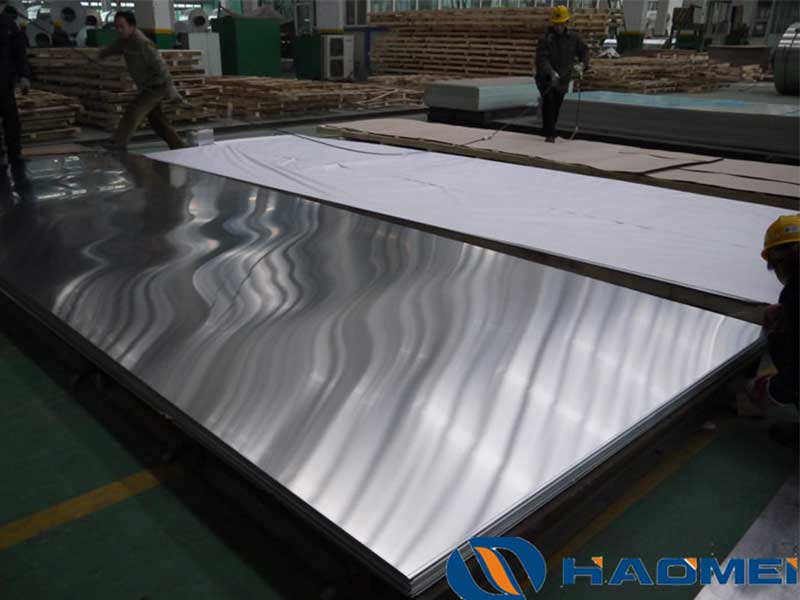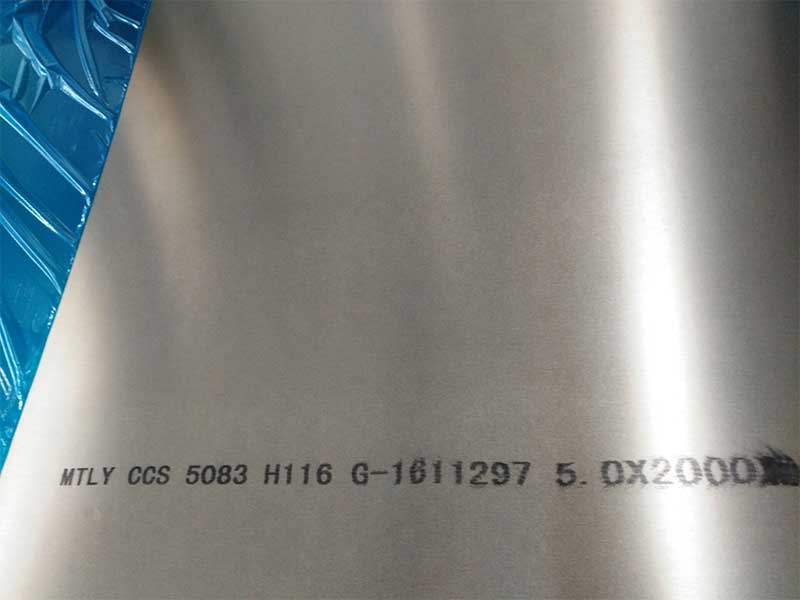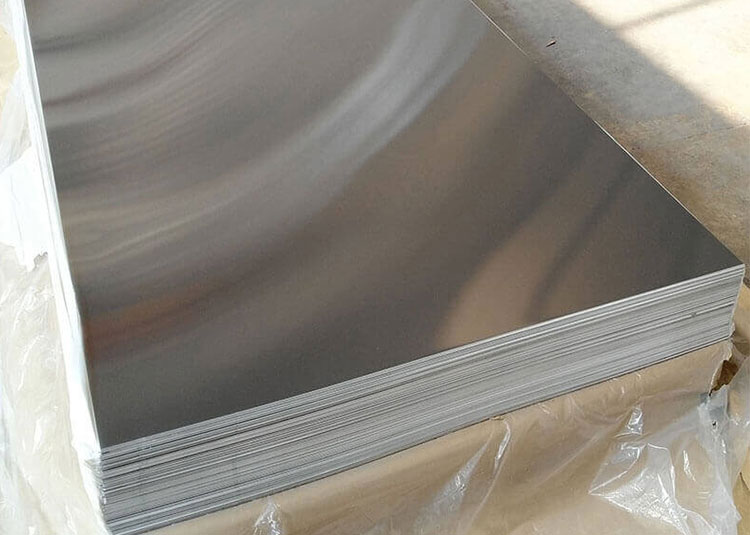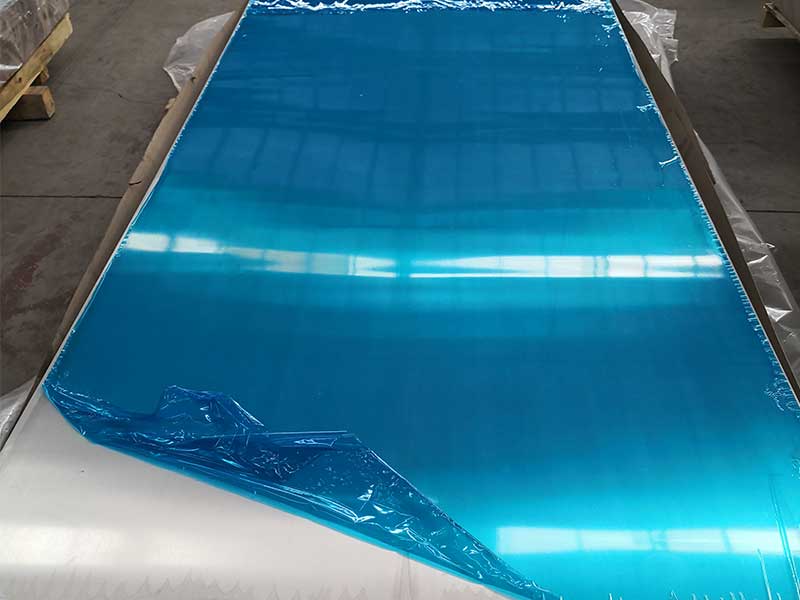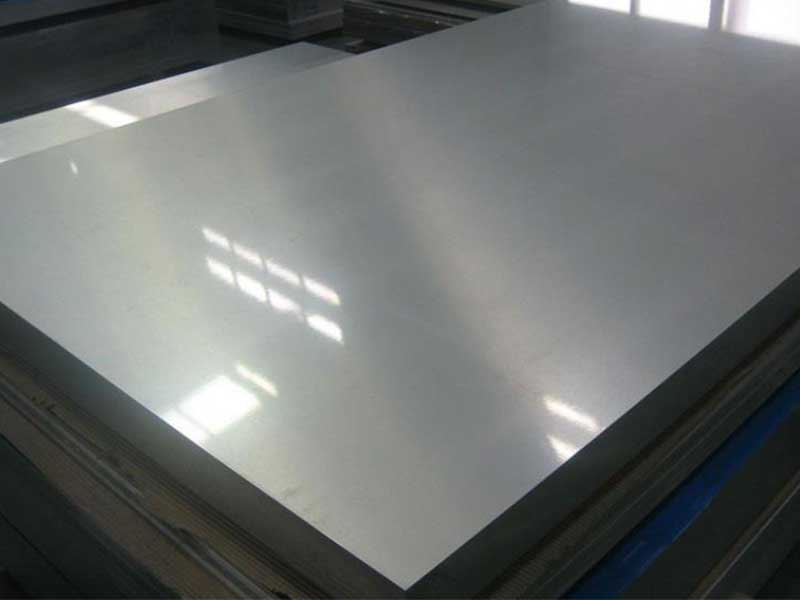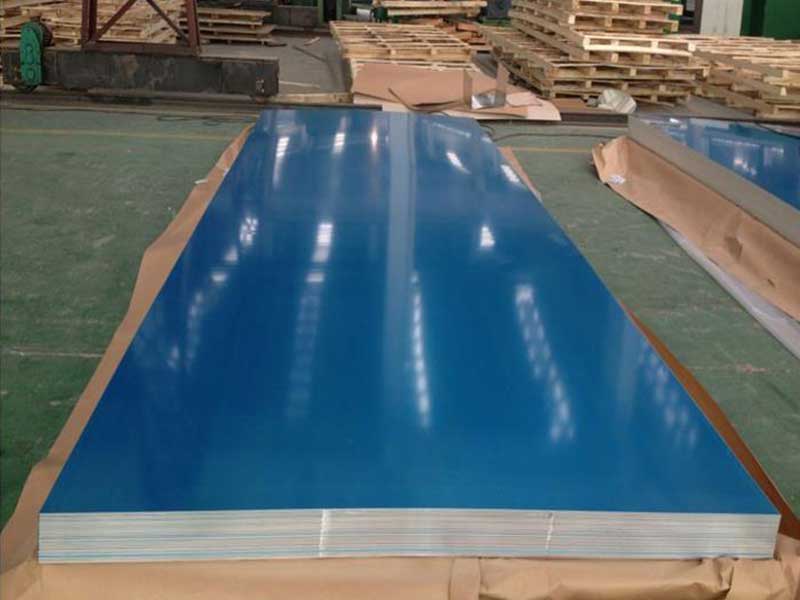Aluminium sheet panel
Unveiling the Versatility of Aluminium Sheet Panels
In the ever-evolving landscape of modern materials, aluminium sheet panels have emerged as a powerhouse in various industries. Their unique properties have made them a staple in both aesthetic and functional applications, appealing to architects, engineers, and designers alike.
One of the most critical aspects of aluminum sheet panel production, often overlooked, is the subtle interplay between the alloy composition and the final surface finish. Slight variations in the aluminum alloy, even within the same designated grade, can significantly impact the panel's formability during fabrication and its subsequent susceptibility to surface imperfections like orange peel or other textural irregularities. For instance, a higher silicon content might improve castability but lead to a rougher finish requiring more extensive post-processing. these nuances, often gleaned from painstaking trial-and-error runs, allows for optimized alloy selection and process parameter adjustments to ensure consistent, high-quality panels that meet stringent customer specifications.
Beyond the material science, managing the environmental control during the rolling and annealing stages is paramount. Temperature fluctuations and humidity levels directly influence the final sheet's flatness, tensile strength, and resistance to corrosion. We've seen firsthand how seemingly minor variations in the factory's climate control system can cascade into significant issues with warping or inconsistent surface tension across a batch of panels. Consequently, meticulous monitoring and proactive maintenance of the production environment are indispensable for achieving consistent panel quality and minimizing costly scrap and rework. This often involves integrating advanced sensors and predictive maintenance strategies to address potential problems before they compromise the entire production run.
A Study in Features: The Power of Aluminium
Aluminium sheet panels are forged from an amalgamation of practical characteristics that distinguish them from other materials.
-
Lightweight Yet Strong: One of the attributes of aluminium is its remarkable strength-to-weight ratio. Unlike heavier materials such as steel, aluminium panels are effortlessly manageable. This inherent quality not only facilitates easier handling during transportation and installation but also allows for designs that don’t sacrifice strength for weight.
-
Corrosion Resistance: The natural oxidation process that occurs when aluminium is exposed to air creates a protective layer, shielding it from corrosion. This makes aluminium sheet panels ideal for outdoor applications, ensuring longevity and reducing maintenance costs.
-
Thermal and Electrical Conductivity: Another significant feature of aluminium is its ability to conduct both heat and electricity. Although this property may be a consideration in some contexts, it opens a distinct set of possibilities in applications where thermal management is critical.
-
Sustainability: In an age where environmental consideration is paramount, aluminium stands out as a highly recyclable material. Virtually any aluminium sheet panel can be recycled and repurposed without losing integrity, leading to significant energy savings and landfill reduction.
-
Aesthetic Options: From sleek finishes to a multitude of colors and textures, aluminium sheet panels offer design flexibility that resonates with creative pursuits. Whether it’s a modern urban building or an artistic interior piece, the aesthetic appeal is ever-present.
Real-World Applications of Aluminium Sheet Panels
While technical details guide the manufacturing of aluminium sheet panels, their real-world applications bring these features to life. Let's highlight some fascinating ways aluminium sheet panels are used today:
-
Architectural Facades: In contemporary architecture, aluminium sheet panels are frequently used for building facades. Their lightweight nature minimizes structural demands while allowing for expansive and alluring design options. The corrosion resistance ensures that these beauties endure the elements, maintaining visual appeal for years.
-
Interior Cladding: Inside spaces, these panels work wonders. From accent walls to decorative ceilings, their versatility in design and finishes enables resplendent looks while contributing acoustical benefits and durability.
-
Signage and Display: In retail environments, aluminium sheets provide durability and a professional appearance. Whether for storefront signage or exhibition displays, their ability to be fabricated into different shapes allows for innovation in branding strategies.
-
Automotive Industry: The automotive sector has also embraced aluminium sheet panels for vehicle body construction. Their lightweight and strength contribute to better fuel efficiency and performance, while also mitigating corrosion, which is crucial for any automobile.
-
Transportation and Packaging: Transporting goods in versatile containers made from aluminium sheets offers an unbeatable combination of weight savings and protective qualities. Industries are deploying these materials to ensure products arrive intact and undamaged.
-
Solar Panel Frames: In the renewable energy space, aluminium sheet panels play a vital role in solar panel frames. Their lightweight yet strong design ensures stability and optimal performance in various climatic conditions.


